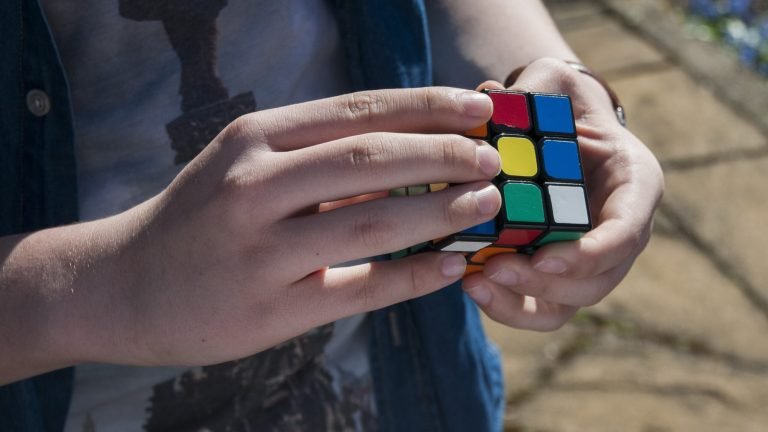How was the Rubik's Cube Invented

Childhood Curiosity and Initial Attempts
I have always wondered why I can’t solve a Rubik’s Cube no matter how many times I have rotated it. When I was 10, I used to take out the cubes and rearrange them according to their color, feeling very proud of myself for “solving” the Rubik’s Cube. Over the years, my dad bought me dozens of Rubik’s Cubes. After trying to solve them ethically for several minutes, I often resorted to the unethical way. My naive and curious mind often wondered what it would feel like to solve the Rubik’s Cube on my own. Then, several years passed, and COVID hit out of nowhere, disrupting life worldwide and forcing us all into lockdown. Locked in my home, crippling boredom started to negatively affect my mental health.
Rediscovering the Rubik’s Cube During Lockdown
I started brainstorming on how to keep myself busy. Soon enough, I stumbled upon my unfinished business with a Rubik’s Cube. It had been almost 10 years, and my curiosity reignited once again. I immersed myself fully into this world and wanted to know everything about the Rubik’s Cube. I had tons of questions: Why is it named the Rubik’s Cube? Who made it? When was it made?
Discovering Ernő Rubik
Through research, I finally found the man, the myth, the legend: Ernő Rubik, a Hungarian architect and professor, invented the Rubik’s Cube in 1974. Ernő Rubik wanted to help his students understand three-dimensional geometry. To be honest, I don’t even know what that is. This creation soon became a complex, fascinating, and frustrating puzzle (that was my personal opinion then).
Patenting and Initial Success
Rubik saw potential in his creation beyond the classroom. In 1975, Ernő Rubik decided to patent it. It was initially called the Magic Cube. It debuted in Hungarian toy stores in 1977, but its potential was untapped until Tibor Laczi, a businessman, saw its potential and brought the Cube to a toy fair in Germany in 1979.
International Launch and Global Phenomenon
Tom Kremer, impressed by the Cube’s potential, secured the rights to market it through his company, Seven Towns, partnering with Ideal Toys in 1979. Ideal Toys launched the Rubik’s Cube internationally in 1980. With Kremer’s marketing efforts, the Rubik’s Cube craze spread around the world in the early 1980s, becoming a global phenomenon for both children and adults. Competitions and clubs were formed everywhere to solve the cube.
Astonishing Sales Numbers
I was quite happy and excited to learn all this information. But what surprised me the most were the astonishing numbers. From 1980 to 1983, within just three years, they sold 100 million units of Rubik’s Cubes, which is mind-blowing. As of January 2024, around 500 million cubes have been sold worldwide, making it the world’s best-selling puzzle game and toy.
Personal Achievement and Final Thoughts
After feeding my naive and curious brain with all that information and history, I was more motivated than ever to fulfill my destiny of solving the Rubik’s Cube. It took me exactly 5 days to solve it. I searched for the easiest moves on the internet and accumulated them. With 2 to 3 hours of practice for 5 days straight, I was finally able to SOLVE A RUBIK’S CUBE ETHICALLY.
Emotional Triumph & Invitation to Learn More
With a whirlwind of emotions of triumph, pride, and immeasurable happiness, I solved that Rubik’s Cube every time. If you want to know the exact moves I used to solve my Rubik’s Cube in 2 minutes, just leave a comment, and I will email you the exact moves.
Until then, be naive, be curious.
